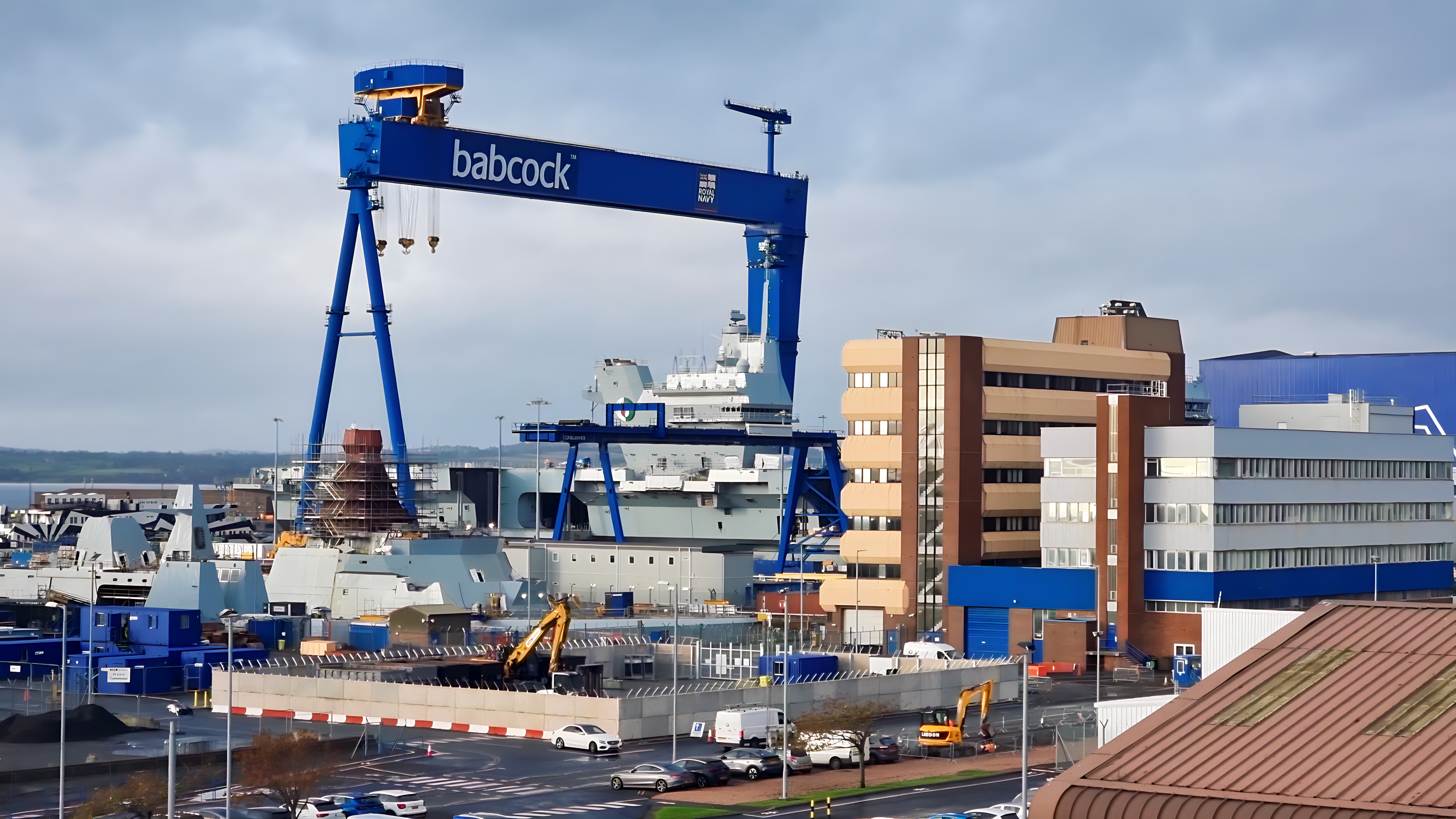In a significant show of combined force, the Standing NATO Maritime Group 2 (SNMG2) and the Standing NATO Mine Countermeasures Group 2 (SNMCMG2) engaged in a minefield countermeasures exercise in the Central Mediterranean Sea.
This exercise brought together seven NATO warships from four countries.
In the exercise, a simulated minefield was strategically placed across a narrow maritime chokepoint, a key passage of water serving as a short route between important destinations.
According to NATO, “Such a minefield is a formidable obstacle to the passage of ships, especially when combined with the risk of attack from hostile aircraft and fast attack surface vessels. It also represents a realistic scenario faced by warships or merchant vessels.”
The implication is clear: NATO is keenly aware of the risk of adversaries using sea mines or coastal forces to block these crucial shipping routes, and is ensuring its forces are prepared.
Among the participating vessels were minehunters and a command and support ship from SNMCMG2, including Turkish Navy’s TCG Erdek (M-263) and Italian Navy ships ITS Stromboli (A-5327) and ITS Viareggio (M-5559).
Following these ships was the SNMG2 flagship, HMS Duncan (D37) from the United Kingdom, along with TCG Gokceada (F494) from Turkey, ITS Carabiniere (F593) from Italy, and destroyer USS Ramage (DDG 61) from the United States.
These ships provided protection against simulated air and missile attacks, using long and short-range anti-aircraft systems.
Fast attack crafts, represented by small boats from the task group, were countered using close-range weaponry such as 30mm or .50 calibre machine guns.














There’s a little irony here considering the T45’s don’t even have their mine avoidence sonar (s2091) supported these days.
That is an interesting headline: which implies that Duncan has some greater capability in this regard that has been previously advertised?
I think it was providing air defence for other ships in the fleet – not doing the actual mine hunting.
That is possible.
But I wound *speculate* that this is a deliberate teaser press release prior to something else that teases a fair bit more.
Hmmm isn’t Duncan due for PIP etc. before too long
I wouldn’t have thought so.
Dauntless is post-PIP in the Caribbean and Daring’s PIP was finished earlier this year. Dragon’s PIP is underway at Portsmouth and Defender’s is about to start at Laird’s, which I think will include the CAMM/Sea Viper upgrade so it’ll take a couple of years. I’d have thought the next one wouldn’t be started until Dragon is done, scheduled for August next year.
As Duncan only came out of a major refit last year, I’d guess the next PIP would be Diamond, with Duncan being done last.
Correct assessment, IAW 3 Jul 23 NL article. 👍 Would estimate HMS Duncan refit nominally scheduled for 2026 at CL. 🤔
Correct, with Diamond they will be the last two under the knife.
Shouldn’t mention things that can cut when you are talking about the navy
Ships in the picture
Stromboli. Erdek, Gokceada, Carabiniere.
Are those Latin plant names?
No. Stromboli is an island volcano name, Carabiniere are the Italian gendarmerie the name is akin to carbiners. The other 2 are Turkish names,.
One consequence of the demise of the Ukrainian navy is that most of the mines in the Black Sea were laid by Ukraine.
I’ve wondered why we have no minelayers in the fleet wouldn’t be a expensive ship. To acquire, if we wanted one.
I think unless you need a 40kt Abdiel class any sizable fishing boat can do minelaying in time of war.
It could also lay illegals
Until recently, there’s been no need for a minelayer; mines were a fairly indiscriminate weapon that no Western fleet would want responsibility for, and the only naval chokepoints and hostile shores we could picture fighting through or near were all hostile ones.
Neither is now true, although I imagine even modern smart mines have a potential error danger that would make any democratic government have second thoughts about deploying them.